On May 17, 2014, I ran my first ultramarathon race. I clarify race, because about two weeks before that I ran the 42-mile Rim to Rim to Rim in the Grand Canyon (which in hindsight is a very poor way to taper, but a fantastic way to inspire one’s running journey.)
I’d been introduced to ultrarunning a couple years before. In the fall of 2012, over mediocre Mexican food in San Diego, Nick told me about what he did for fun: run really long distances. By the time I wanted to try running an ultramarathon, I was well immersed in the world.
But that didn’t mean I knew what actually running one would be like.
Ten years ago I fueled exclusively off of CarboPro, a brand that most ultrarunners today haven’t ever heard of (Nick and I are also convinced that several of their old products would now be flagged for containing illegal substances.) Most veteran ultrarunners used plastic bottles with duct taped handles for their hydration needs. If you needed electrolytes you used salt pills or added more salt to your aid station potatoes. And if you didn’t wear Luna Sandals, you definitely hadn’t read Born to Run let alone knew someone who had traveled to Copper Canyon in Mexico to run with the Tarahumara.

Today I want to celebrate ten years of ultrarunning by sharing this list of all that I’ve personally learned.
Aim for consistency over perfection
Lifetime miles and the time you’ve dedicated to your aerobic development matter so much more than any singular season or even year. It wasn’t until 2022, nearly eight years into consistent training, that I finally started to feel like my fitness was showing the years of work that I’d been put in.
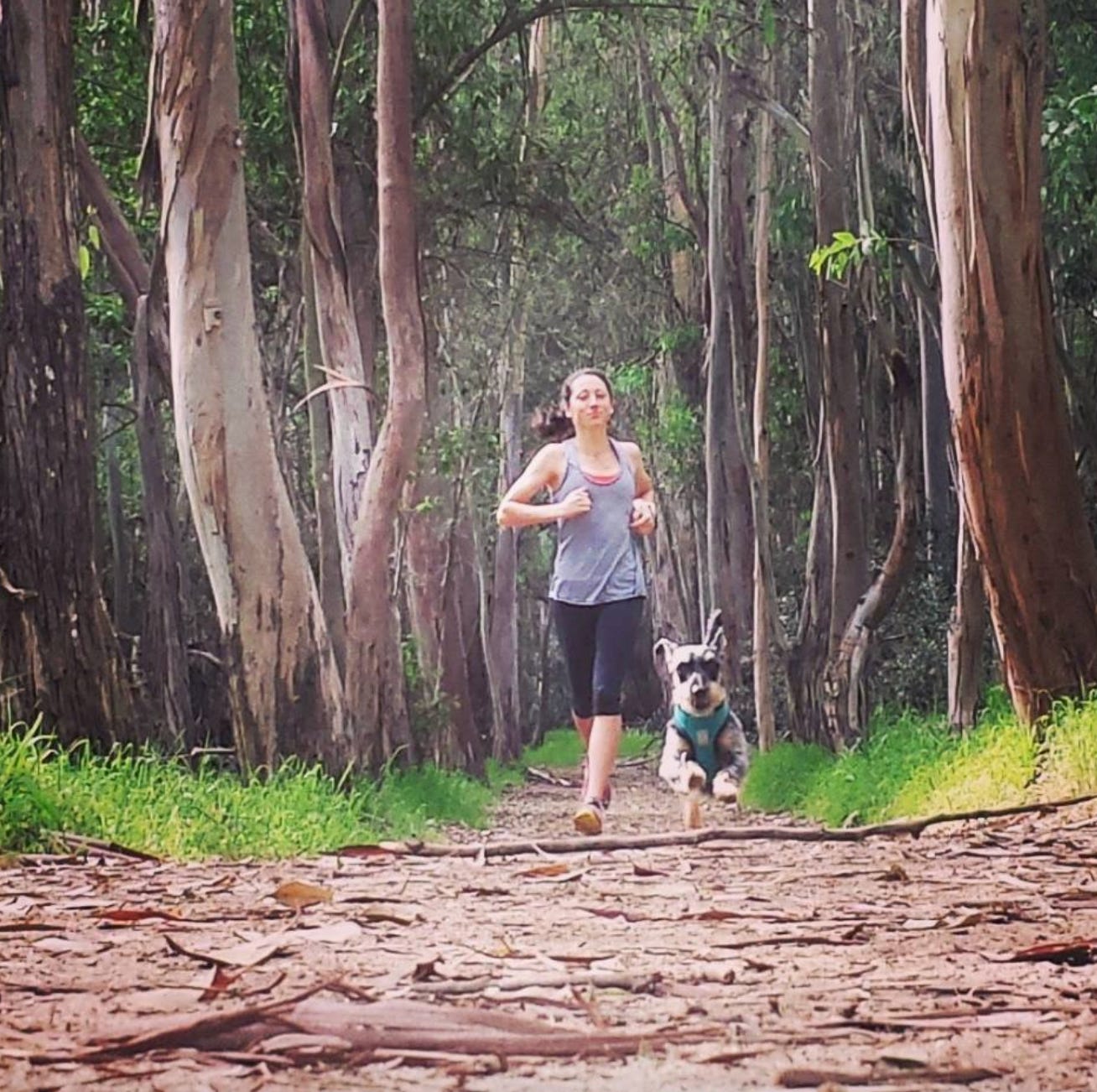
Nutrition matters
Adequate caloric intake, both in and out of racing and training, has received much more attention in the last few years and I’m so glad it has. Eating enough to support the demands put on your body is critical, both for your future in the sport and for your overall longevity, but I think the focus on quality isn’t there yet. Anecdotal cases aren’t great for making generalized statement, but I can say that there are several strikes against that put me at higher risk for bone injuries, which are common among endurance athletes: being a menstruating female, having a smaller frame, having a family history of osteoporosis, and running higher mileage. After running 50+ ultramarathons, and another 20 sub-ultra distances in the last decade, I’m proud (and also lucky) to have never had a stress reaction or stress fracture. There are several variables at play here, of course: quality sleep, controlled stress, strength training (more on that below), the right genes and good ol’ luck. That said, I think the importance of nutrition beyond just getting in enough calories or the right number of carbs and protein is still largely understated. I hope that changes, because nutrient dense food matters far beyond aiding physical fitness.
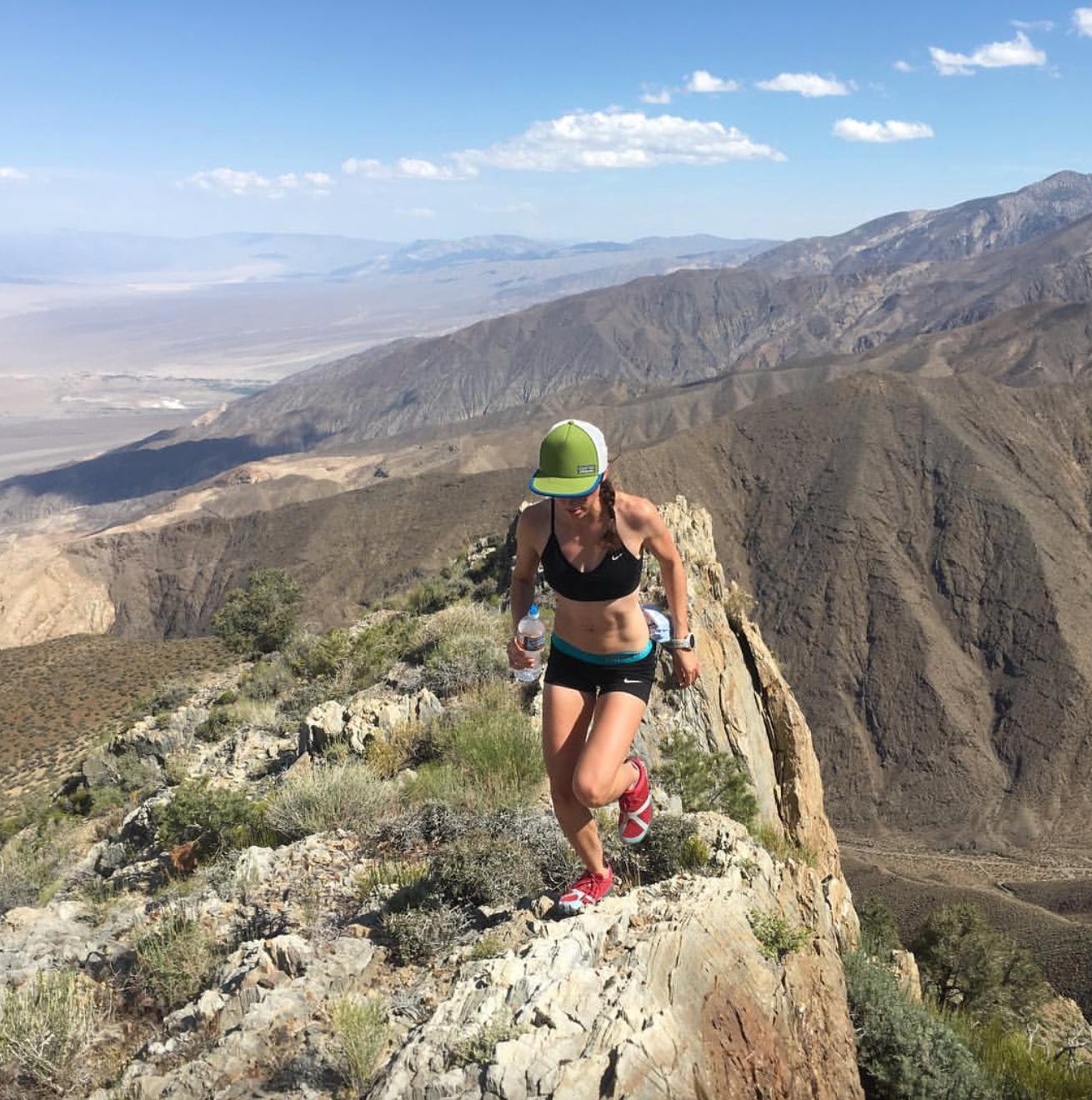
Strength train
I count myself lucky to have started strength training well before I started running. When I was diagnosed with scoliosis at 15, my doctor recommended a PT who started me on a variety of exercises to combat my curved spine. This stuck with me, and I carried the routine through high school and into college where I became more interested in weightlifting. I love running more than any other form of movement, but if I don’t strength train once or twice a week, I start to miss the way my body feels from doing it. Along with nutrition, I think this has kept me injury-free through 30,000 miles of running.
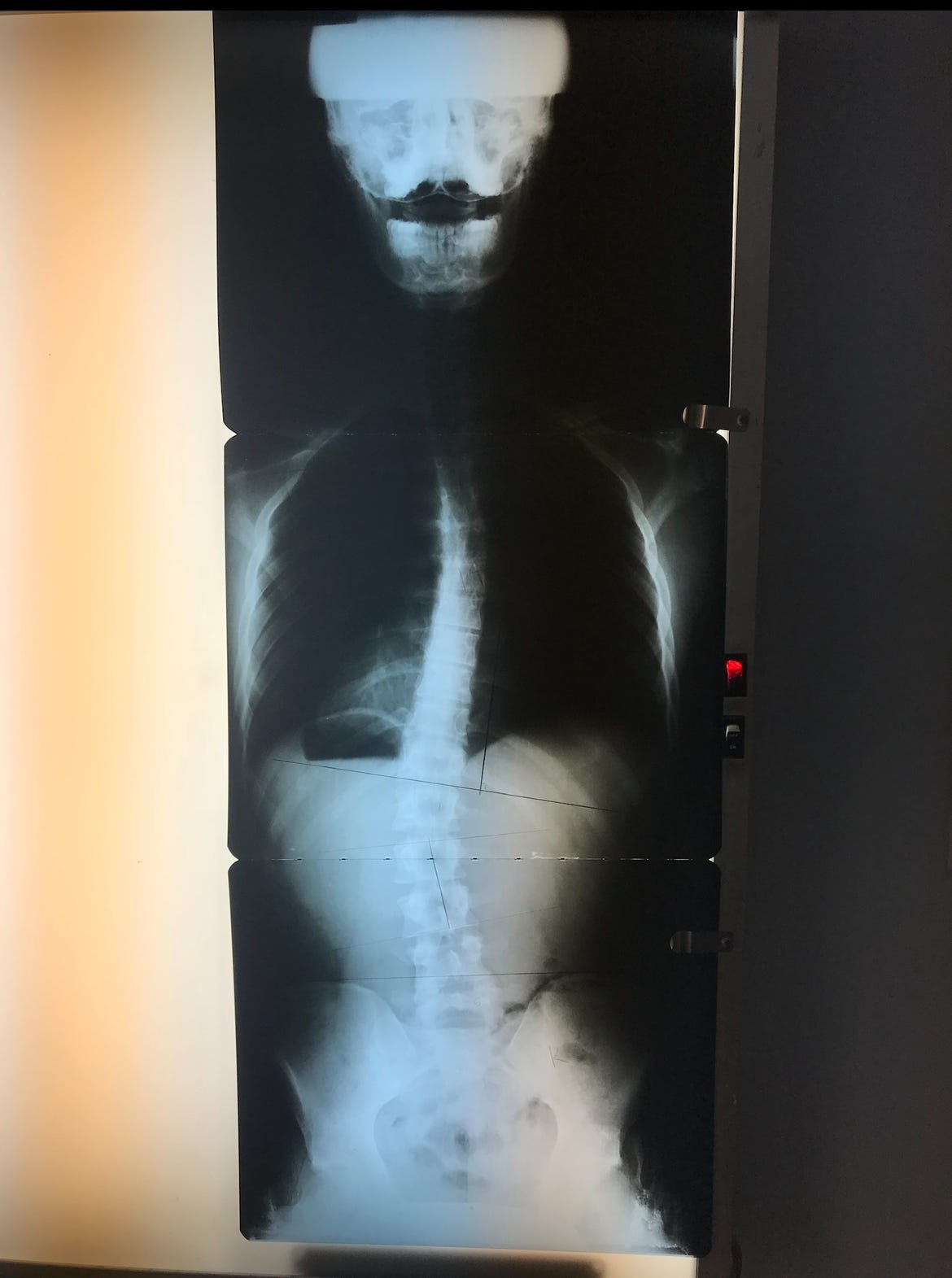
Lead with curiosity
If my goals had been outcome based from the start, with dreams of winning races or setting fastest known times, I don’t think I would have stuck with the sport. Instead, I’ve tried to keep a natural curiosity about what I can do at the forefront. Can I run a 50K? How about a 50 mile? What will happen if I try to finish a 100 mile race? I still feel similarly, and while I enjoy competing, I’m far more interested in figuring out how to run the best that I can at various distances.
Expand beyond races
I love racing, but I love training more. And what I love more than both racing and training is adventuring. I have fond memories of long days spent running around lesser known parts of San Diego, usually spurred on by Nick who had promised an easy loop. These easy loops were almost always twice as long as advertised and far more challenging than I was ready for at the time. But I loved them. I still enjoy adventure runs with Nick more than anything. FKTs also fall into this category for me, and I’m hoping to shoot for more this summer.
Don’t worry about sponsorship
It’ll either happen or it won’t—and if it happens it probably won’t be based on your results but on the number of Instagram followers you have or simply knowing the right people.
Get a coach
Preferably not your husband.
My first few years of running, Nick offered to coach me. I appreciated this, but we quickly learned that it was more advantageous for both of us if he played the role of loving partner, rather than running coach. In the summer of 2017, I reached out to Megan Roche and after just a few weeks of her guidance, saw a spike in my fitness that continues to grow, year after year. She’s helped me increase volume over time, supported me in trying new events and distances, and overall been a great friend and mentor. We also share a birthday, which feels like kismet.
Don’t feel boxed in by a certain distance
If you ask Nick, my strongest distance is the 50K; if you ask my dad, he’ll say the same. And while I agree (at least at this point in my life, as 31-year-old Jade), I have a driving curiosity to see what my potential can be at shorter and longer races, whether that’s VKs or 100-mile races. Don’t allow your personal strengths or weaknesses to dictate the distances you run; choose races based on what motivates you or excites you. Is there a voice that asks, what would it be like to run this race? Follow it.
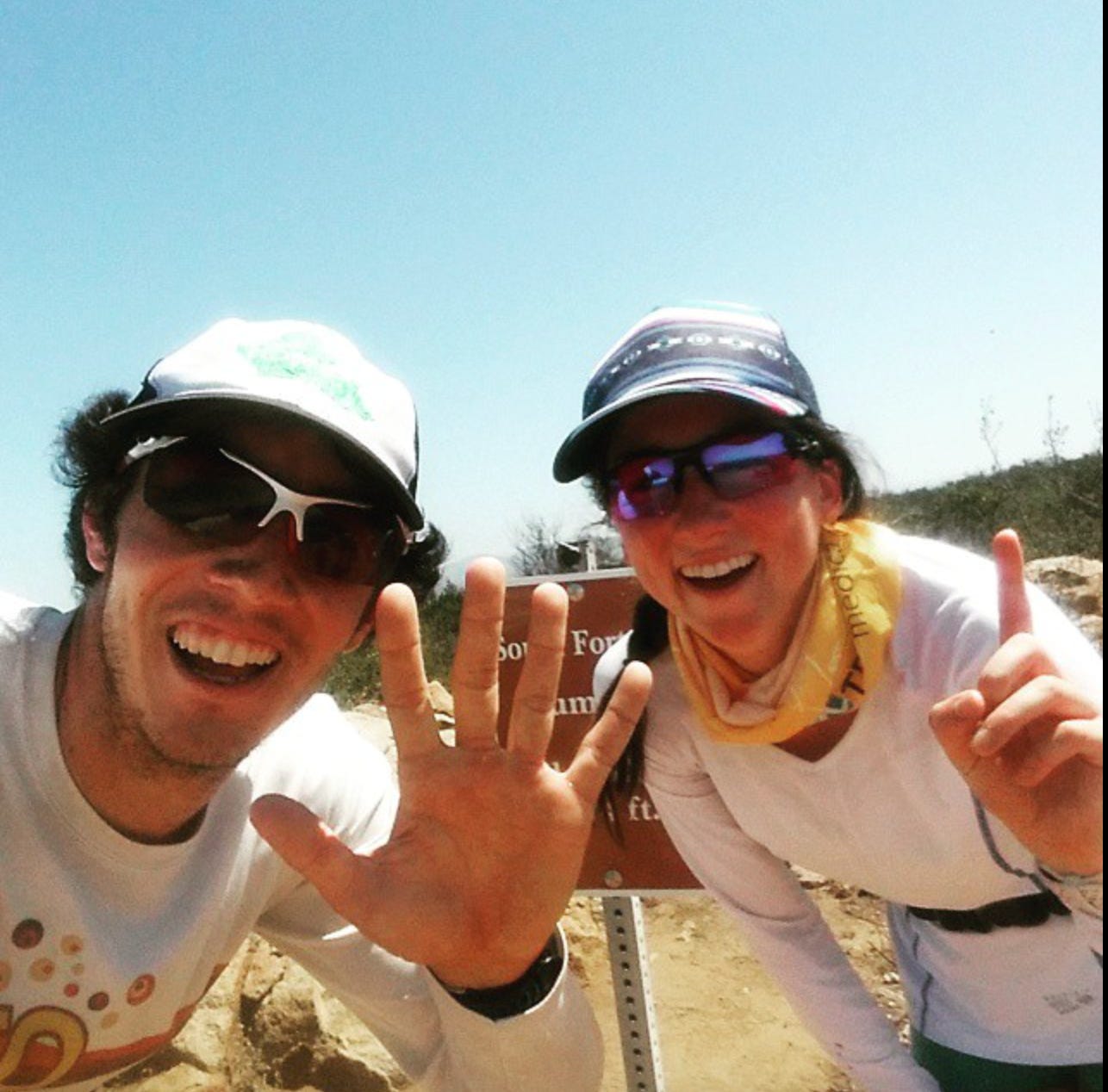
Don’t be afraid to DNF
In the mid 2010s, DNFs still held a heavy stigma. Runners who dropped out of races were unprepared or weak, and being either meant that you’d have to come back the following year to vindicate last year’s DNF. While there are still some who feel that runners who never DNF are grittier, I tend to believe that they’re very lucky, extremely choosy with the races they do, or are too afraid to DNF lest their mind tells them they’re less than for doing so. If you race long enough, you’ll eventually accrue a DNF. And it won’t matter.
Find your ultrarunning community
Running for six hours on the weekend is not an activity that most will relate to, nor find healthy, so find a group of people who will and can. I’m grateful that I started running in San Diego, because the San Diego trail running community set the tone for the rest of my ultrarunning journey. Almost every single experience was warm and welcoming, and I cherish my earliest races and adventures in and around the San Diego region.
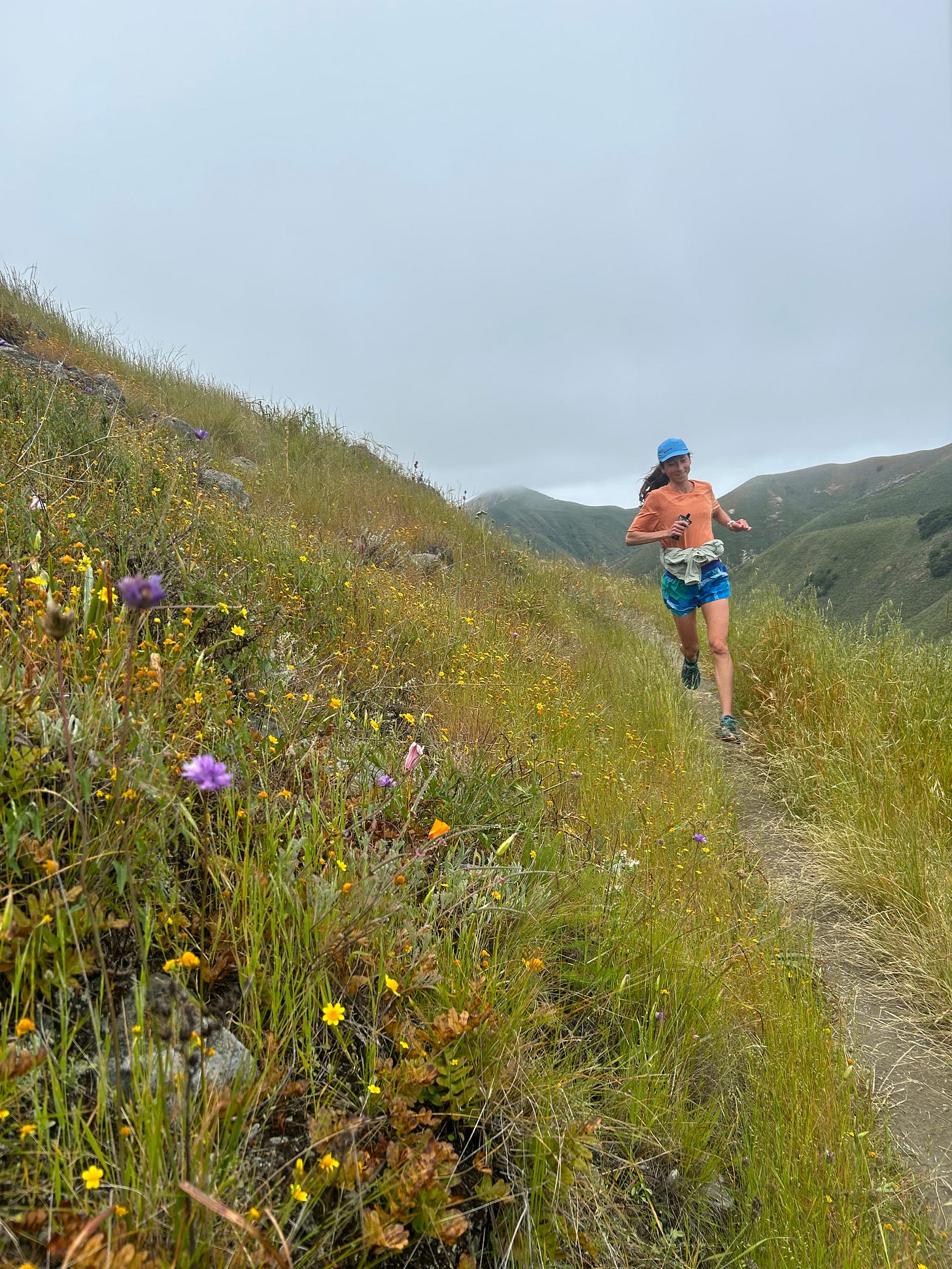
Whether you’re a new runner or a veteran, I’d love to hear any advice you’ve learned from your own running journey!









